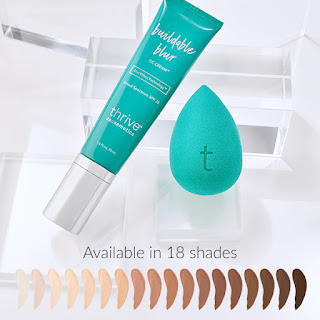Embrace the Winter Solstice with These Festive Colors

Most people associate the winter solstice with December 21. However, according to the Smithsonian Science and Education Center, the winter solstice is actually a time rather than a specific day. Over the last century, the winter solstice has occurred on December 20, 21, 22, and 23, and the specific date is determined by Earth’s orbital plane. The exact moment of the winter solstice occurs when the Northern Hemisphere’s tilt is the farthest away from the sun. When this happens, those of us living in the Northern Hemisphere experience the shortest amount of daylight and the longest amount of darkness. The winter solstice is not just a time of darkness though. It’s a celebration of the seasons and the Earth’s changing position as it revolves around the sun. For centuries, cultures have celebrated the cold, dark winter days with festive colors found in nature, including evergreen and red from the holly and mistletoe plant, silver and white from the glistening snow, and de...





